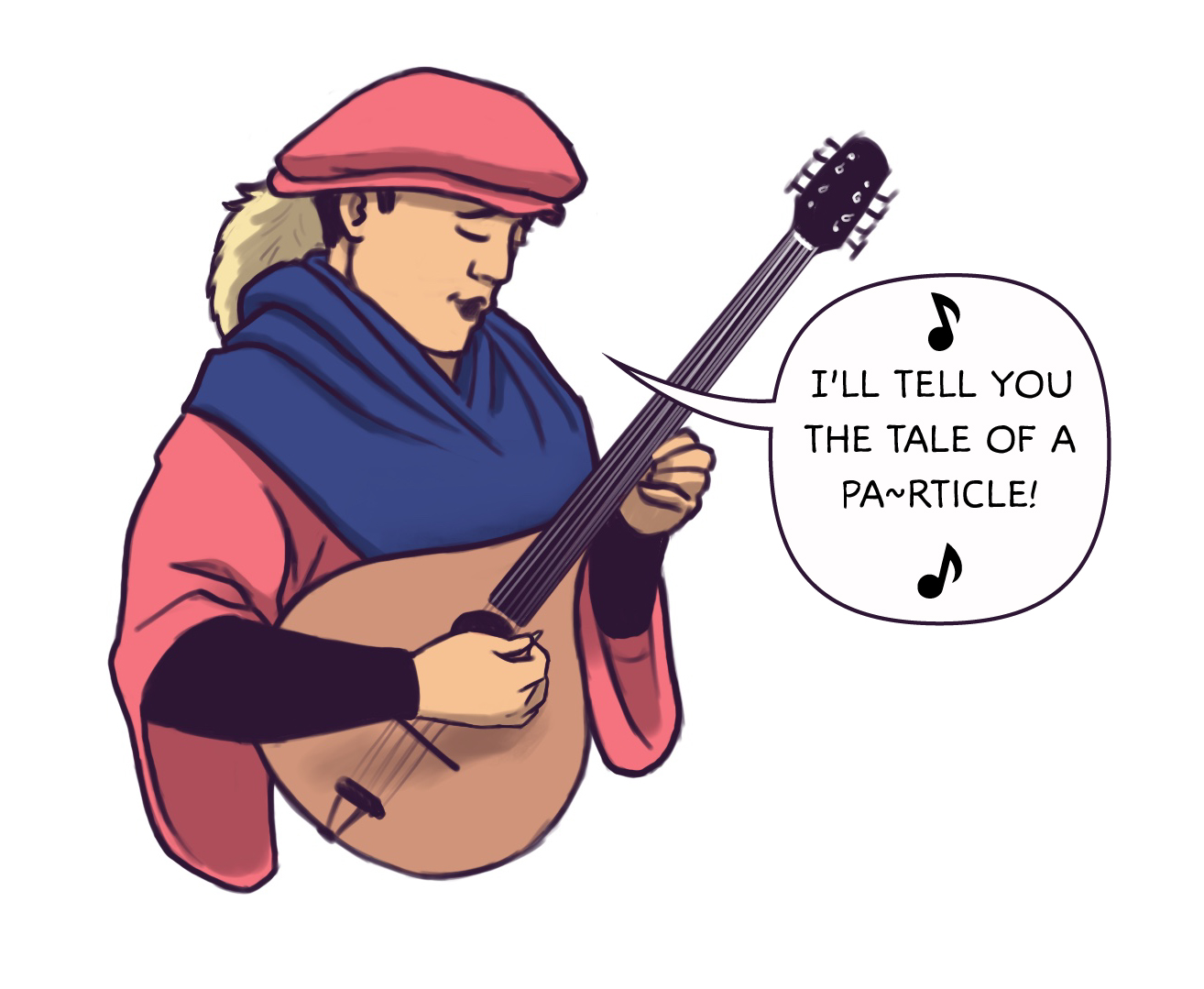Stories are the heart of communication. In fact, every time we communicate, we’re telling a story.
History tells us that stories are an extremely effective method of learning and passing on information. Bards were oral historians and would keep the histories of their patrons alive. Even the techniques of historic Polynesian sea navigation were passed along from master to apprentice orally, in the form of a story or song.
Story’s effectiveness in teaching complex information comes from relating a series of thoughts, connected in a logical way, that result in a meaningful point.

But how do we get people to care about our stories, our work?
Here are a few ways that we can start to improve our storytelling:
I will not say that making these changes will be easy at first, but once you do it the first time, you will realize that communicating your work is just like communicating anything else!
1. Use your feelings to make an emotional connection to everyday life
I recently spoke with a gentleman who would explain his oceanic research to his elderly grandmother. He said she would then ask him why he didn’t “study something serious.” What she meant, he told me, was that she didn’t see how his research was important to everyday life! Your first goal in communicating your work is to ask yourself why you are working on this project. What does it mean to you? Are you looking forward to reestablishing a lost shrimp species to a particular area? Why? The more times you ask yourself why, and answer honestly, the closer you will get to the core. If it matters to you, it will matter to someone else.
2. Connect the dots in a meaningful way
Most articles use section headers to jump from topic to topic. This makes for a nicely structured paper, but doesn’t necessarily link all of the information together. Instead of processing one big idea, with several underlying facets, the reader is having to learn several separate facts, often without a strong theme. It is like the difference between reading Alice Through the Looking Glass, and remembering the many characters and plot lines, versus trying to memorize a list of seemingly random characters and their backgrounds.
In order to link ideas together, it is often better to state the emotional theme of the work, then continue the narrative, leading naturally to the why, how, prognosis, etc.
3. Make the language fit the reader
Let’s be honest, the terms used to define our work vary, even between different specialties in the same field! Therefore, we can’t reasonably expect a reader to be able to keep up with the avalanche of terms and acronyms we tend to throw at them. Rather than use a lot of terms, we can explain the idea behind the term, or define just a few key terms. The rest of the information is actually not as important to understanding. The exception to this of course is the methods section of a research paper! There is always a place for being technical.
4. Be concise
Unless a person is trying to replicate your experiment (again, that all-important methods section), most people do not need all of the technical details. If they do, they will ask follow-up questions! Therefore, get right to your emotional point. The rest turns into a sea of text, and a reader may only swim so long, before they give up and skip to the conclusion.
Here’s a quick challenge to see if you’re telling a concise understandable story of your work:
Comment below with what you’re currently working on, using 40 words or less!
(Hint: This research statement would fit in a Twitter tweet!)
Good luck! Next up, we’ll shift into the imaging side of visual storytelling, and discuss the role of visuals in science communication.




